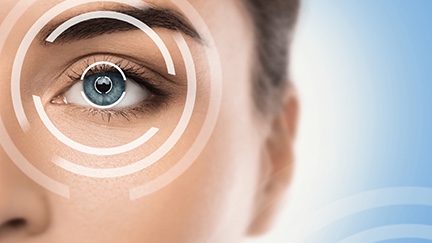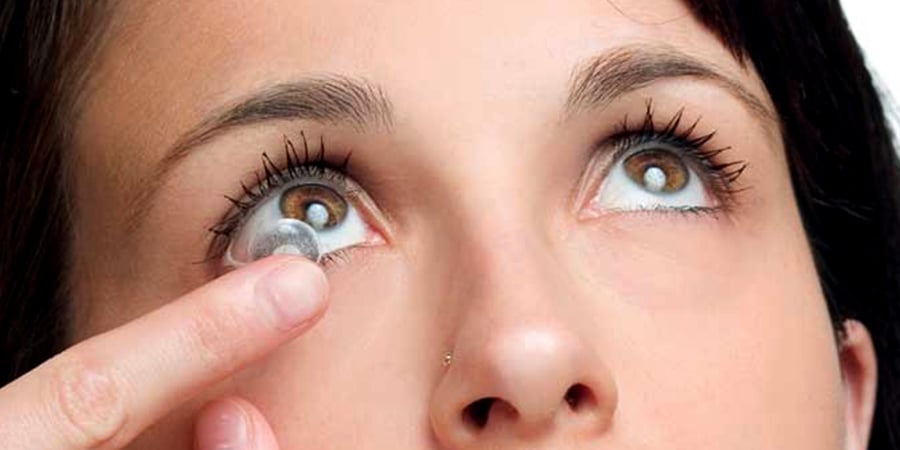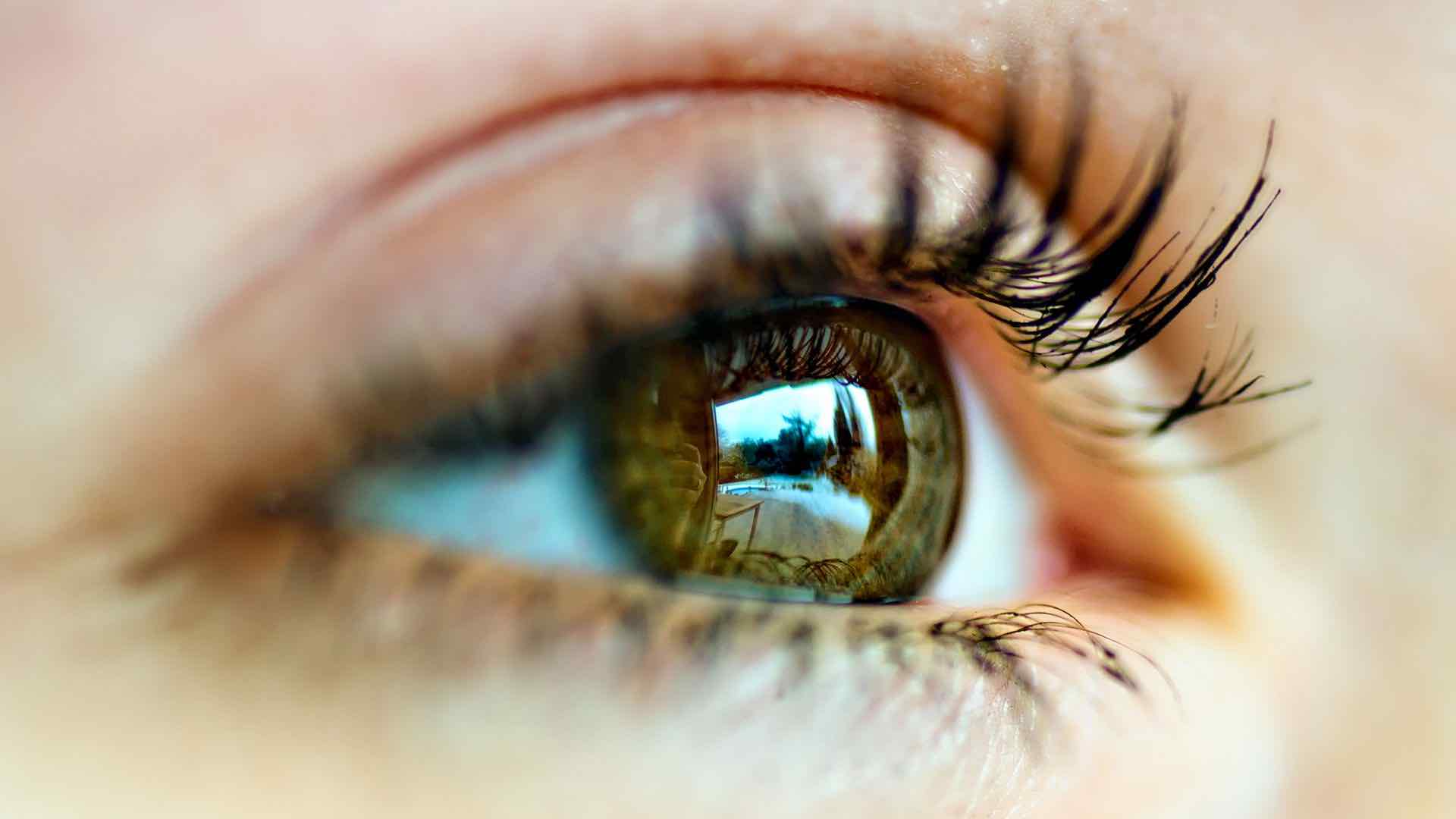IOLs Don’t Always Eliminate the Need for Glasses
Some Cataract patients continue to require glasses or contacts to see clearly even after their IOLs have been implanted. While their vision may be vastly improved after the removal of their cataracts, residual refractive errors keep them reliant on external lenses.
Premium IOLs Improve Vision Dramatically
Premium IOLs allow many patients to discard their glasses and contact lenses for good after cataract surgery. Some may continue to use glasses when they need to “fine tune” their vision to its most precise, such as when they are reading, driving, or watching television. Indeed, many of these people are so accustomed to wearing glasses that they don’t mind having to continue wearing them after the removal of their cataracts.
However, other patients find it frustrating to come this close to having excellent unaided vision with their multifocal IOLs, but still have to rely on glasses for certain activities. They want to be visually independent. If you are one of these patients, LASIK after cataract surgery offers a potentially ideal solution.
The Process
Before LASIK can be considered as a possibility after cataract surgery, it is important that the patient’s eyes have fully healed. Typically, patients must wait approximately three months after the removal of their cataracts to become suitable candidates for laser vision correction. Even after a procedure like cataract surgery, your eyes go through a period of trauma. This is why it’s important to give your eyes ample time to heal after cataract surgery.
Diagnosis and Screening
Our eye surgeons must diagnose the cause of a patient’s post-surgical vision problems. Patients with residual refractive errors will then be screened to determine their candidacy for LASIK. Alternative procedures will be discussed with those who are not suitable candidates. Like any other surgical procedure, you may not be a proper candidate for LASIK. This may be due to factors out of your control, like corneal thickness, or other conditions that make LASIK unsafe to undergo.
Risks of LASIK After Cataract Surgery
All LASIK surgery, regardless of whether or not Cataract Surgery was preformed, comes with a set of potential risks and side effects. Additionally, for patients who have had Cataract Surgery, some experience spikes in eye pressure after their cataracts have been removed. These spikes are usually temporary; however, it is best to wait until eye pressure has stabilized before undergoing LASIK. For patients who continue to experience elevated eye pressure after cataract surgery, conventional LASIK is not usually recommended, as there is evidence that the microkeratome used in the procedure may cause a rise in eye pressure in certain patients. However, these patients may be good candidates for all-laser iLASIK.
LASIK for Vision Changes After Cataract Surgery
LASIK will only be effective on patients who have residual refractive errors after cataract surgery. If your vision has gradually become worse after the placement of your IOL, you may suffer from posterior capsule opacity, often referred to as “secondary cataracts.” Posterior capsule opacity refers to the clouding of the membrane that was once part of your natural lens and now supports your IOL. Don’t worry – cataracts cannot return after your natural lenses have been removed.
This condition is fairly common and very easily treated. In an extremely safe and quick procedure called capsulotomy, we use a YAG laser to remove the haziness and restore clarity to your vision. The results are immediate, and you will be able to resume your normal activities on the day of your procedure. Like during cataract surgery, there is no pain felt during a capsulotomy.
If you have a capsulotomy to correct secondary cataracts, it’s less likely you’ll need LASIK after cataract surgery. A capsulotomy should solve the problem and correct your hazy vision.
Have more questions about the status of your eyesight after cataract surgery? Schedule a consultation at one of SightMD’s convenient locations.

Dry Eyes After Refractive Surgery
Refractive surgical procedures like LASIK and PRK have become a highly sought-after means of vision correction. These procedures involve…

Contact Lens Intolerance and How To Relieve It
Many of our patients who have refractive errors enjoy wearing contact lenses instead of glasses for a variety of…

Recovery Time After Vision Correction Surgery: Compare Your Options
If you are seeking freedom from dependence on glasses or contacts, it is important to learn about your options…